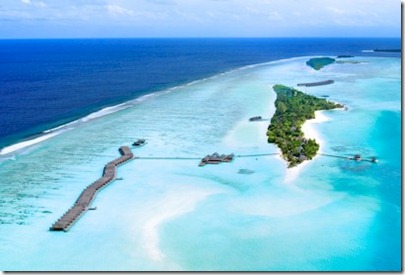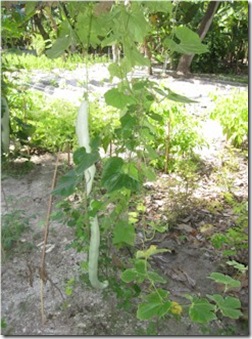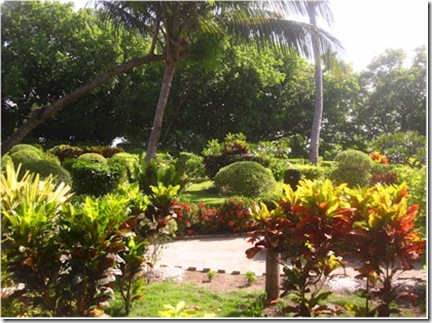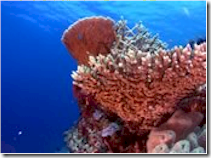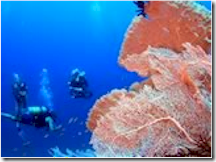
Here is a post with a little less gravity. Literally. (thanks Adrian).
All Maldives aficionados know that there is something special about the Maldives. Something unique about its landscape and topology that is simply not found anywhere else on the planet. It turns out that such distinction might extend beyond the expansive lagoons and mottled turquoise reef waters.
The European Space Agency (ESA) recently published findings from its pioneering GOCE (Gravity-Field Ocean Circulation Explorer) satellite measuring the gravitational field of the Earth. As the map above shows, the epicentre of the lowest gravity point on the planet is focused right over the Maldives.
My wife Lori and I joke how after a hard day’s work it seems as if someone must have turned up the gravity-thermostat in our house, because getting up off the couch seems to be as hard as jumping on Jupiter (and looking at the map, it seems that we weren’t too far off with our paranoia since in the UK since a large orange blog of extra strong gravity is looming right next door in the North Atlantic…my hypothesis is that this blob of extra gravity shifts on top of our house every Monday morning().
If you are thinking that this gravitational void is going to get you off the hook from multiple trips to the buffet, be aware that these variations in the gravitational field are quite minute and take sophisticated scientific equipment to detect (a sophistication that your bathroom scale is not likely to have).
But if you want to feel light on your feet, or have that ‘floating’ feeling (even on land), the Maldives is scientifically proven to be the lightest place on the planet.

